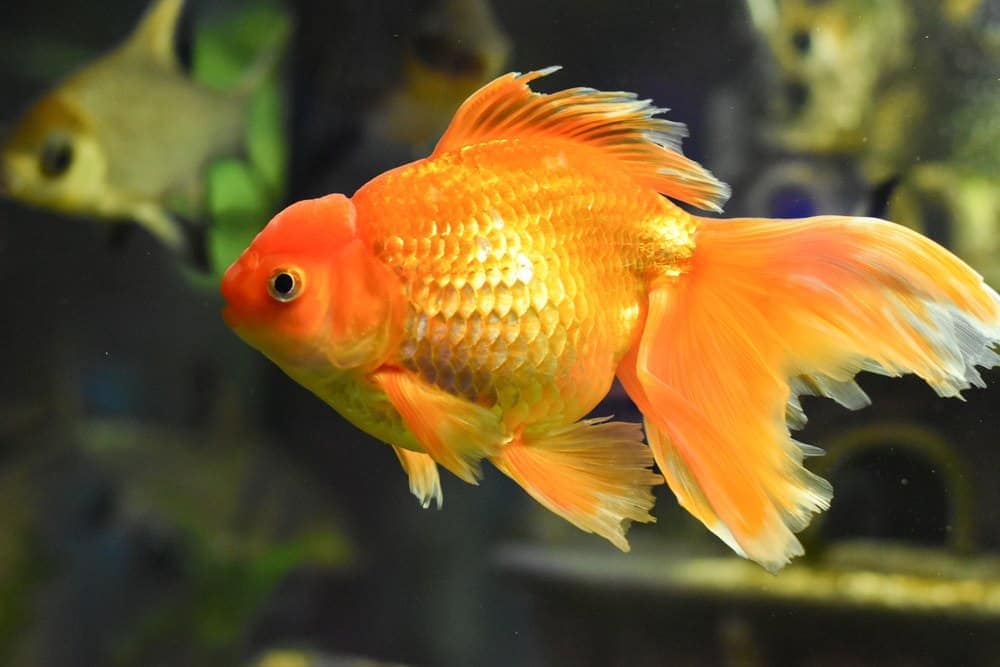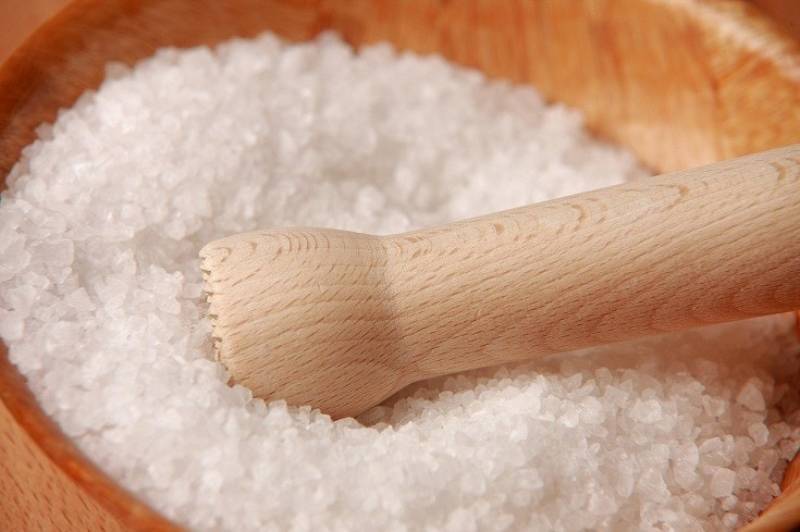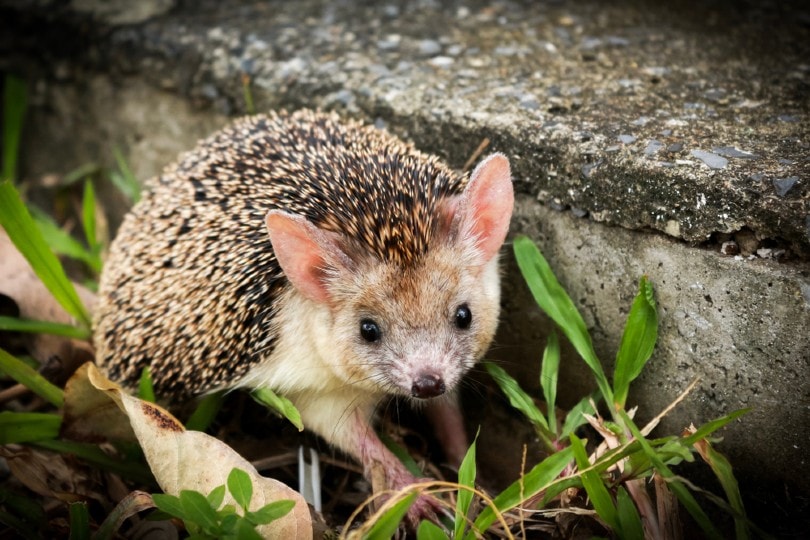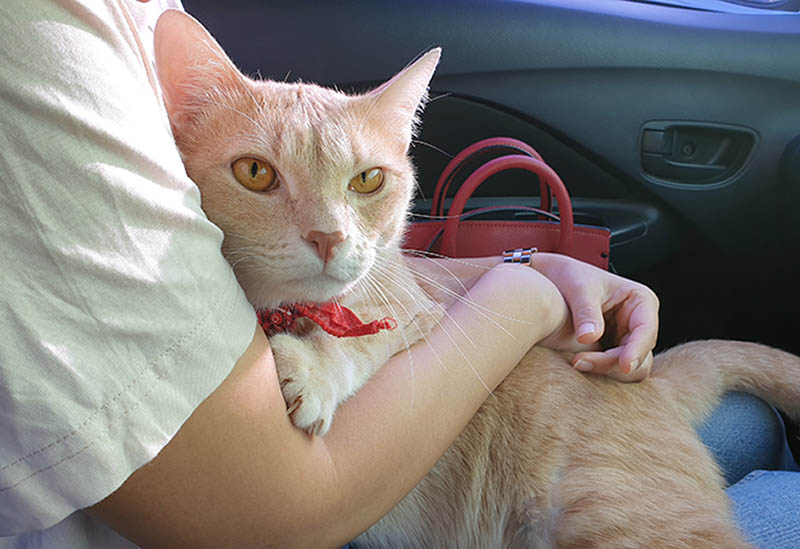Keeping and selectively breeding goldfish for ornamental purposes goes back 2,000 years to China’s Tsin Dynasty (265–419 A.D.)1. After much debate, scientists have concluded that the pet fish we know today is a domesticated carp (Carassius auratus) from eastern Asia. In the wild, it can reach lengths of nearly 20 inches. Of course, your pet is unlikely to get that size. The average is 8 inches.2
However, many factors determine how big your goldfish gets. Some involve genetics, while others are environmental and health-related. Below, we’ll examine the elements controlling growth and development.

Goldfish Overview
Originally, the goldfish was drab-colored, which was essential for a prey species. It provided camouflage to help it evade predators in the ponds, lakes, and rivers of its native habitat. The species is an opportunistic omnivore that prefers cool waters, and that’s also true with captive fish. It forms schools that satisfy its social needs and provide a defense against predators.
The goldfish is relatively long-lived, both in the wild and in captivity. Interestingly, it lives longer in its native habitat than in an aquarium. Its lifespan is 20 to 30 years versus the 5 to 10-year average in captivity. The difference is telling, which we’ll discuss later in detail.
Goldfish Size and Growth Chart
These data come from captive-raised fish and may not be representative of wild goldfish, which grow faster. A 1-year-old wild specimen may reach up to 7 inches. It can reach a maximum of 18 inches long and weigh 4.5 pounds as an adult.
It’s also worth mentioning that you may not observe the same pattern with your pet, particularly if their variety is selectively bred to be smaller. The other factors rest with your tank setup.
| Age | Weight Range | Length Range |
| Hatching | 0.107 ounces | 0.18 inches |
| 1 year | 1 ounce | 2.5 inches |
| 2 years | 6 ounces | 3.5 inches |
| 3 years | 7 ounces | 5 inches |
| 4 years | 10 ounces | 6 inches |
| 8 years | 15–18 ounces | 8.5 inches |
When Does a Goldfish Stop Growing?
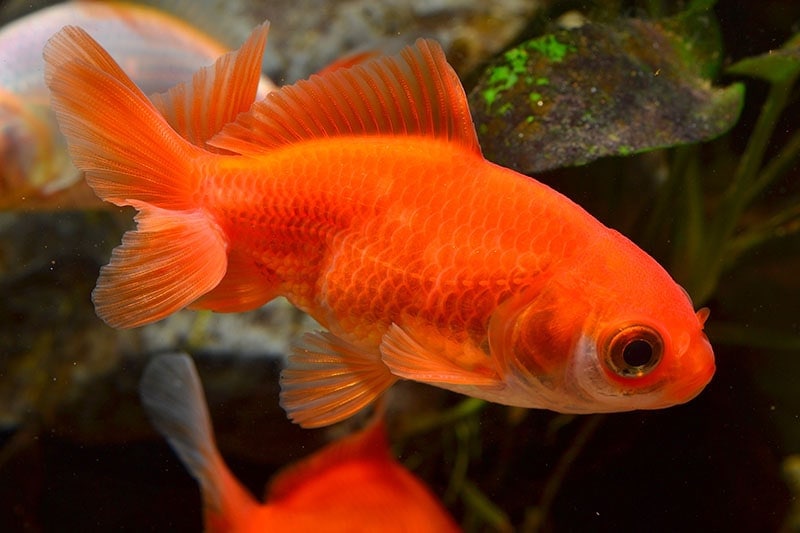
Wild goldfish don’t stop growing. A British angler reeled in a 16-inch, 5-pound fish in Dorset, England, in July 2010. We can’t say the same thing about captive goldfish, although growth slows after reaching adulthood. However, the adage that a fish grows with the size of the tank is a myth. The truth is more complicated and involves other considerations.
You may notice that your goldfish has stopped getting bigger. Enthusiasts refer to this condition as stunted growth. Your pet’s wild counterparts hold the key to its occurrence.

Factors Affecting the Size of Goldfish
We mentioned genetics as a factor in the size. For example, Fantail Goldfish probably won’t grow more than 8 inches. Therefore, the variety affects its genetically determined length. Your only control over that element is deciding what kind of fish to buy. The critical elements include the size of the aquarium, water conditions, and diet.
Using the six-times rule, your average goldfish needs a tank at least 48 inches L x 16 inches W x 16 inches D or about a 75-gallon aquarium. Remember that wild fish get larger and don’t stop growing because they have the room to do so. The other consideration is the water conditions, which are more stable in larger quantities. Vegetated water bodies provide a bounty of food.
Goldfish are messy and voracious eaters, which makes providing the ideal conditions for growth difficult. It can also explain the stunted growth some pet owners may observe. The average hobbyist may not be able to supply what goldfish need to reach their genetically determined size. That explains the size and growth rate differences that exist between the two populations.
Many pet goldfish live in the wild, whether intentionally or unintentionally. These fish can reach sizes rivaling wild specimens. Therefore, stunted growth is reversible once it has the necessary space.
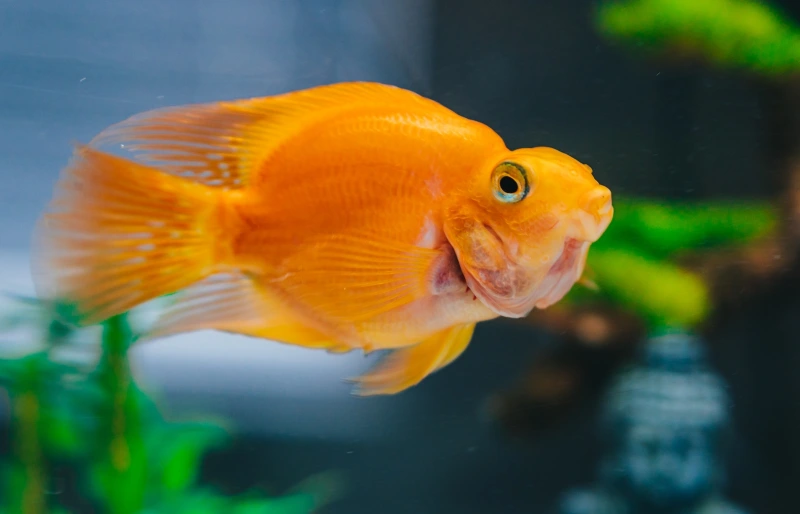
Ideal Diet for Maintaining a Healthy Weight
We mentioned that goldfish are omnivores. In the wild, they consume aquatic vegetation, insects, and invertebrates. Pondweed (Potamogeton sp.) forms a significant portion of their diet. Also, mosquitoes are one of the main insects they consume, with crustaceans only comprising a small part of their daily intake.
Research has shown that they require a diet of 29% protein and 13% fat with an energy-to-protein ratio of 9.7 kcal to each gram of protein. You should feed your goldfish a commercial diet formulated specifically for their species. You should also provide vegetation such as blanched greens. It’s essential to limit the amount since they are opportunistic feeders.
How to Measure Your Goldfish
The correct measurement for a goldfish includes the snout to the end of its caudal or tail fin. Doing it is straightforward. Surprisingly, goldfish are intelligent creatures that retain memories. You can teach your pet to take food from you, which can help you get more accurate measurements. You can briefly take your fish out of the water and measure them with a fabric tape measure.

Final Thoughts
Goldfish have brought joy and beauty to humans for hundreds of years. These adaptable and intelligent fish are more likely to reach their full growth potential in the wild rather than in your aquarium. Space, water conditions, and a healthy diet are the main factors determining a fish’s size. A spacious tank may provide a decent living place but can’t replicate the goldfish’s natural environment.
- https://www.ncbi.nlm.nih.gov/pmc/articles/PMC3602300/#pone.0059571-Wang2
- https://www.fishbase.se/summary/Carassius-auratus.html
- https://animaldiversity.org/accounts/Carassius_auratus/
- https://www.ncbi.nlm.nih.gov/pmc/articles/PMC4232884/
- https://www.bbc.com/news/uk-england-10649008
- https://onlinelibrary.wiley.com/doi/abs/10.1111/j.1095-8649.1995.tb01924.x
Featured Image Credit: Julia Vashurina, Shutterstock
